Backyard birds in Pennsylvania add vibrant colors and lively songs to gardens and neighborhoods throughout the year. From the bright red Northern Cardinal to the energetic Black-capped Chickadee, these birds are familiar and welcome visitors across the state. Knowing how to identify them makes watching these birds even more enjoyable.
This guide presents 14 common backyard birds in Pennsylvania with clear pictures and helpful identification tips. Recognizing their unique features, calls, and behaviors will deepen your appreciation and make your birdwatching experience richer right from your own backyard.
For bird enthusiasts of all levels, attracting and identifying backyard birds in Pennsylvania is easier than ever. By providing the right food and habitat, you can create a welcoming space that invites these beautiful birds to visit regularly.
The Most Common Backyard Birds in Pennsylvania
Northern Cardinal
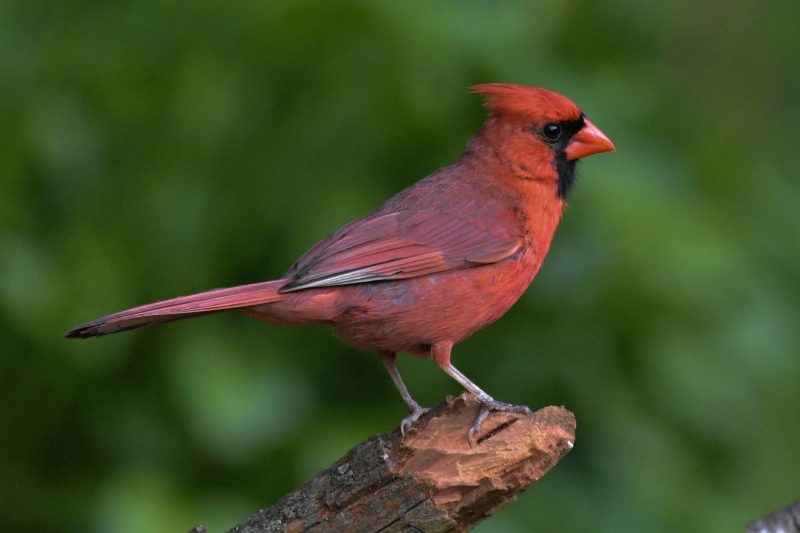
The Northern Cardinal (Cardinalis cardinalis) is one of the most recognizable and beloved backyard birds in Pennsylvania. Males are striking with their vivid red feathers and black facial mask, while females have a softer, buff-brown body with hints of red on their wings, crest, and tail. Both sexes have a prominent crest and thick, orange-red conical bill that is excellent for cracking seeds.
Cardinals are medium-sized songbirds, measuring about 8.3 to 9.1 inches long with a wingspan of 9.8 to 12.2 inches. Their clear, whistling songs and frequent vocalizations are a familiar sound in backyards, wood edges, and suburban parks. Males often sing from high perches to claim territory, while both sexes may sing during courtship.
These birds are non-migratory and are found in Pennsylvania year-round. They are highly attracted to backyard feeders, especially those stocked with black oil sunflower seeds, safflower, and berries. They also forage on the ground for insects and seeds, especially in the warmer months.
Northern Cardinals prefer areas with dense shrubs and thickets where they can nest safely. They are commonly seen in residential areas, woodland edges, and overgrown fields. Their vibrant presence adds a splash of color to snowy Pennsylvania winters.
American Goldfinch

The American Goldfinch (Spinus tristis) is a small, lively finch known for its seasonal color changes. In summer, males are bright yellow with black wings and a black forehead, while females are duller with more olive tones. In winter, both sexes adopt a muted brownish color, but they retain their distinctive wing markings.
Measuring around 4.3 to 5.1 inches in length with a wingspan of 7.5 to 8.7 inches, goldfinches are light and agile. Their flight is undulating, and they often emit a cheerful “per-chick-o-ree” call mid-air. They are highly social birds, often found in flocks, especially outside the breeding season.
Goldfinches are strict vegetarians, feeding primarily on seeds. They have a strong preference for nyjer (thistle) seed, but they also eat sunflower kernels and seeds from native wildflowers. They frequently visit feeders and are fond of weedy fields and open meadows filled with seed-producing plants.
Throughout Pennsylvania, American Goldfinches are widespread and present year-round, though they may move slightly in response to food availability. They breed later than most birds, waiting until midsummer when thistle and milkweed are abundant for nesting materials and food.
Black-capped Chickadee

The Black-capped Chickadee (Poecile atricapillus) is a small, inquisitive bird with a distinctive black cap and bib, bright white cheeks, and soft gray wings and back. This endearing species is a year-round resident in Pennsylvania and is a favorite among birdwatchers and backyard birders.
At just 4.7 to 5.9 inches in length and with a wingspan of 6.3 to 8.3 inches, the chickadee is compact but bold. They are known for their friendly behavior and high-pitched “chick-a-dee-dee-dee” calls, which vary in intensity based on perceived danger. Their memory and problem-solving skills are also impressive for such a small bird.
Chickadees visit feeders frequently and enjoy a variety of foods, especially sunflower seeds, suet, peanuts, and mealworms. They often take a seed and fly off to cache it for later, a behavior that helps them survive harsh winters. They are also insectivorous during the breeding season, feeding on caterpillars and spiders.
In Pennsylvania, Black-capped Chickadees are found in mixed and deciduous forests, urban parks, and backyard gardens. They often nest in tree cavities or nest boxes and prefer areas with plenty of vegetation and tree cover for protection and food sources.
Tufted Titmouse
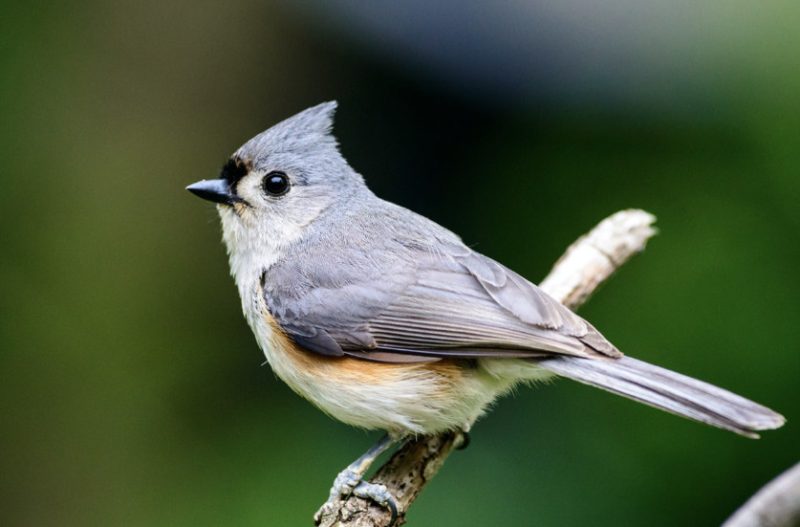
The Tufted Titmouse (Baeolophus bicolor) is a charming gray songbird with a distinctive pointed crest, large black eyes, and a white face with a hint of peach on its flanks. Similar in size to the chickadee, this bird is a common sight in Pennsylvania’s woodlands and suburban yards.
Typically measuring between 5.5 to 6.3 inches in length with a wingspan of 7.9 to 10.2 inches, the Tufted Titmouse is active, agile, and vocal. Its whistled “peter-peter-peter” call is often heard in the early morning. These birds are curious and often follow chickadees and nuthatches in mixed foraging flocks.
They frequent backyard feeders and enjoy sunflower seeds, peanuts, and suet. Titmice will also hoard food for winter, often hiding it in bark crevices. In the wild, they forage by hopping through branches and peeling bark to uncover insects, spiders, and seeds.
The Tufted Titmouse is a year-round resident throughout most of Pennsylvania, especially in the southern and central parts of the state. It thrives in deciduous forests, mixed woods, and residential areas with mature trees, where it nests in tree cavities or man-made nest boxes.
Blue Jay
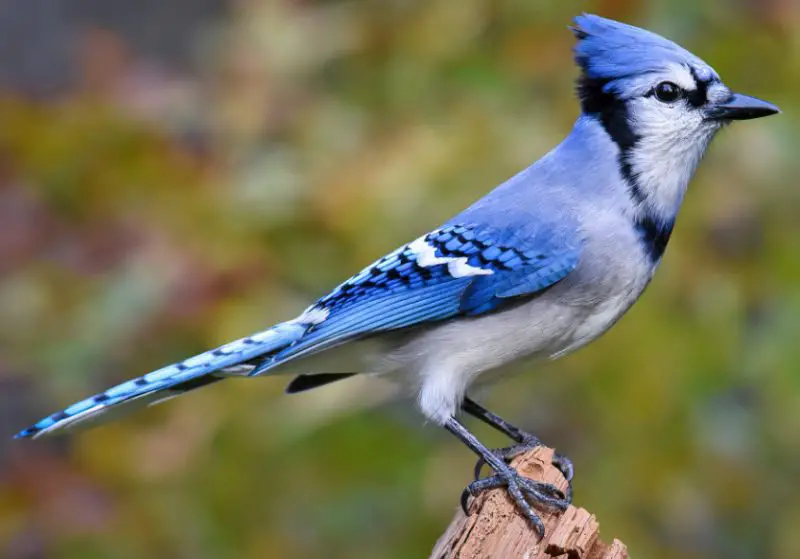
The Blue Jay (Cyanocitta cristata) is a striking and intelligent bird with vivid blue feathers accented by black and white markings. They have a prominent crest, a black “necklace” across the chest, and white underparts. Their strong bill and loud calls make them one of the most noticeable birds in Pennsylvania’s backyards.
Blue Jays are large songbirds, ranging from 9.8 to 11.8 inches in length with a wingspan of 13.4 to 16.9 inches. They are highly vocal and produce a variety of calls, including a loud “jay jay” and mimicry of hawks. Their bold behavior often dominates feeders, and they can be territorial.
These birds are omnivorous, feeding on acorns, seeds, grains, insects, and small vertebrates. At feeders, they favor peanuts (especially in the shell), cracked corn, and sunflower seeds. Blue Jays are known to cache food for later use and are important dispersers of oak trees due to their habit of storing acorns.
In Pennsylvania, Blue Jays are year-round residents and are especially common in forest edges, woodlots, and suburban neighborhoods with large trees. They build nests in tree branches and are attentive parents, often mobbing predators to protect their young. Their adaptability makes them successful in a range of environments.
Downy Woodpecker

The Downy Woodpecker (Dryobates pubescens) is the smallest woodpecker species in North America and a familiar sight in Pennsylvania backyards. Males are easy to identify by the small red patch on the back of the head, while females lack this red marking. Both sexes have black-and-white plumage, a white belly, and black wings speckled with white.
They measure about 5.5 to 6.7 inches in length, with a wingspan of 9.8 to 11.8 inches. Downy Woodpeckers have a sharp, straight bill that they use to tap on trees and branches as they search for insects hiding beneath the bark. They also make a high-pitched whinnying call and a brief drumming sound that can help birders identify them.
This species frequently visits suet feeders and will also take sunflower seeds, peanuts, and mealworms. They forage in trees and shrubs for beetles, ants, caterpillars, and occasionally seeds or berries. Their acrobatic behavior often includes hanging upside down while feeding.
In Pennsylvania, Downy Woodpeckers are found year-round in forests, suburban yards, parks, and orchards. They readily adapt to wooded neighborhoods and are among the most approachable woodpeckers for backyard birdwatchers.
Red-bellied Woodpecker

The Red-bellied Woodpecker (Melanerpes carolinus) is a medium-sized woodpecker with striking coloration. Despite its name, the red on its belly is faint and often hard to see. Its most prominent feature is the bright red cap and nape, which extends from the bill to the neck in males and slightly shorter in females. The rest of the body is adorned with black and white barring on the back and pale underparts.
This species measures about 9.4 inches long with a wingspan of 13.0 to 16.5 inches. Red-bellied Woodpeckers have a strong, chisel-like bill used to excavate insects from tree bark, and their rolling, chuckling call is a common sound in wooded areas. They also drum on hollow trunks and branches to communicate or establish territory.
Red-bellied Woodpeckers are regular visitors to backyard suet feeders, especially in winter, and also enjoy peanuts, sunflower seeds, and fruit. They have a varied diet that includes insects, nuts, seeds, and tree sap, and they are known to cache food in tree bark for later use.
These woodpeckers are widely distributed across Pennsylvania and are year-round residents. They prefer deciduous forests, woodlands, and suburban yards with mature trees. Their adaptability and bold behavior make them frequent and entertaining backyard guests.
House Finch
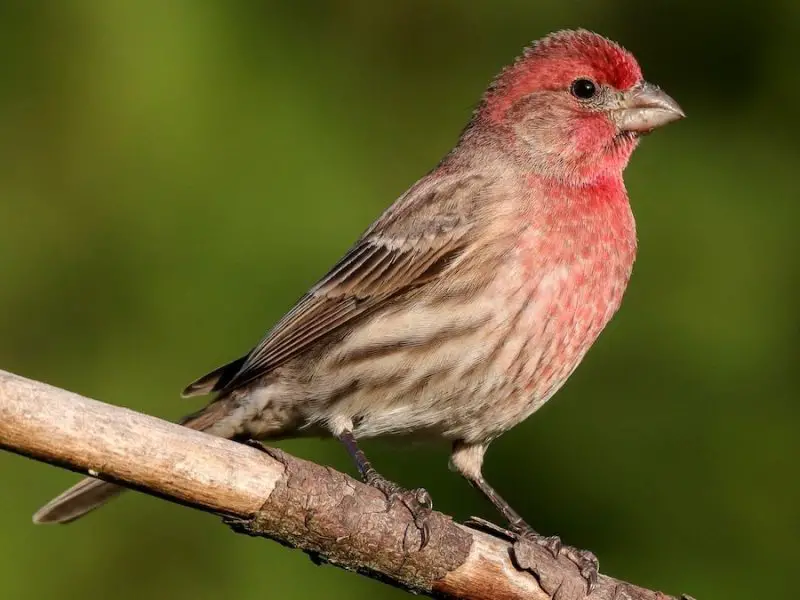
The House Finch (Haemorhous mexicanus) is a small, sociable songbird that has adapted well to human environments. Males have rosy red coloring on the head, throat, and chest, which contrasts with their brown-streaked backs and flanks. Females are uniformly brown and streaky, lacking the red coloration but sharing the same overall shape and size.
These birds measure 5.1 to 5.5 inches in length, with a wingspan of 7.9 to 9.8 inches. They are known for their cheerful, warbling song, which can be heard year-round. House Finches often gather in flocks and are not shy around humans, making them easy to observe in cities, suburbs, and farms.
House Finches are seed eaters, favoring black oil sunflower seeds, millet, and thistle. They readily come to tube, platform, and hopper feeders and are comfortable nesting on ledges, hanging planters, and building fixtures. They also eat buds, fruit, and weed seeds.
In Pennsylvania, House Finches are permanent residents and can be found statewide. They thrive in urban and suburban areas, where food and nesting sites are plentiful. Their adaptability and social behavior help them flourish in a variety of backyard settings.
White-breasted Nuthatch
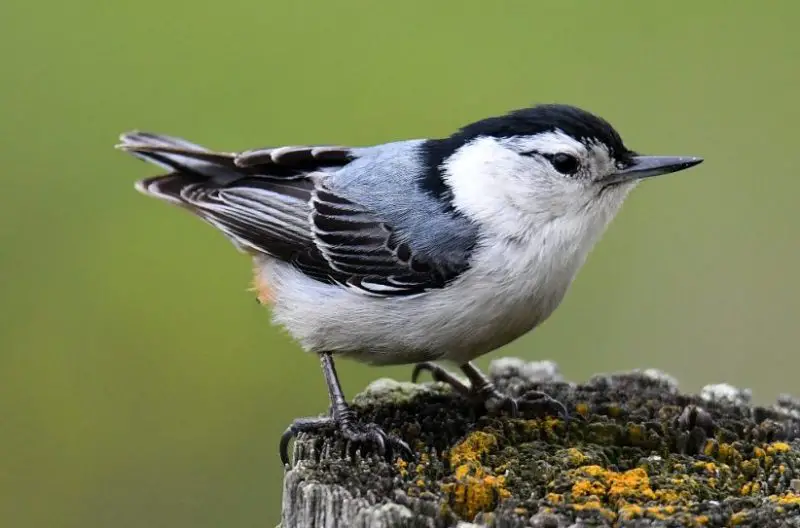
The White-breasted Nuthatch (Sitta carolinensis) is an agile and distinctive bird, easily recognized by its habit of creeping headfirst down tree trunks. It has a white face and underparts, a gray-blue back, and a black cap (in males) or grayish cap (in females). The bird’s short tail and long, slightly upturned bill add to its unique appearance.
Typically measuring 5.1 to 5.5 inches in length, with a wingspan of 7.9 to 10.6 inches, this bird is small but energetic. Its call is a sharp “yank-yank” that resembles a toy horn, and its movements are quick and jerky. It is highly curious and often explores bark and crevices for hidden insects and seeds.
The White-breasted Nuthatch is a common feeder visitor, especially in winter. It enjoys sunflower seeds, peanuts, suet, and mealworms, and is known to take food and wedge it into bark for later consumption. In summer, its diet includes beetles, caterpillars, and other insects.
In Pennsylvania, these birds live year-round across the state, favoring mature deciduous and mixed forests. They are also found in well-wooded suburban yards and parks. They nest in natural tree cavities or birdhouses and are reliable guests for homeowners with well-stocked feeders.
Carolina Wren
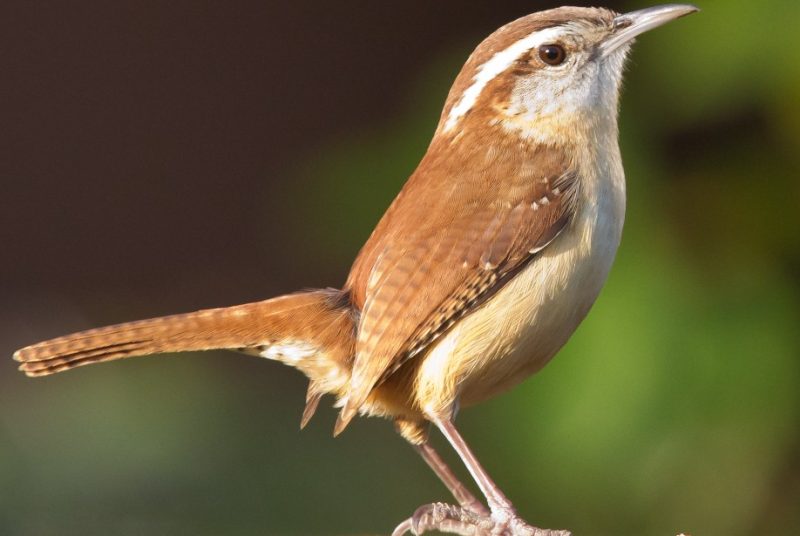
The Carolina Wren (Thryothorus l) is a small, round-bodied bird with a rich reddish-brown back, buffy underparts, and a noticeable white eyebrow stripe. Its slightly curved bill and cocked tail give it a curious and expressive appearance. Though shy in appearance, it has a loud and energetic voice that carries far beyond its size suggests.
These wrens measure about 4.7 to 5.5 inches in length and have a wingspan of 11.4 inches. Males sing a bold, ringing “teakettle-teakettle-teakettle” song, often heard even in winter. Both sexes are active and inquisitive, frequently flitting through shrubs and low vegetation while searching for food.
Carolina Wrens feed on insects, spiders, and occasionally small fruits or seeds. They readily visit suet feeders, especially during colder months, and may also take sunflower hearts or mealworms. They’re known to build nests in unusual sheltered locations, such as flower pots, mailboxes, or tucked-away crevices near homes.
In Pennsylvania, Carolina Wrens are permanent residents, although their numbers may decline during harsh winters. They are more commonly found in the southern half of the state, inhabiting brushy woodlands, forest edges, and residential areas with dense cover. Their bold song and frequent feeder visits make them a backyard favorite.
Song Sparrow
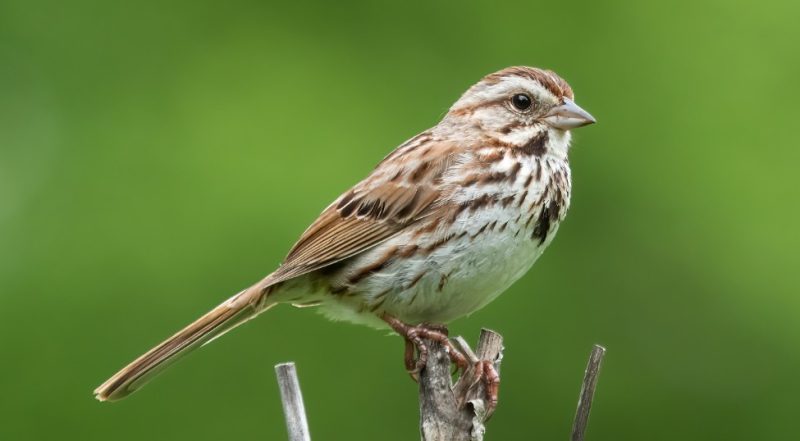
The Song Sparrow (Melospiza melodia) is a familiar and widespread backyard bird in Pennsylvania, known for its streaky brown plumage and distinctive dark central spot on its chest. Its overall appearance includes a mix of brown and gray tones with darker streaks on the back and flanks, and a rounded tail that often bobs when the bird perches. Though plain at first glance, its markings help it blend into shrubby habitats and undergrowth.
Song Sparrows are medium-sized sparrows, measuring about 4.7 to 6.7 inches long with a wingspan of 7.1 to 9.4 inches. Males are known for their clear, melodious song, often delivered from low branches or fence posts. Their song typically starts with a few clear notes followed by a musical trill, and it’s frequently heard throughout spring and summer as they establish and defend territory.
These sparrows prefer to feed on the ground, searching through leaf litter for seeds, insects, and berries. In backyards, they are attracted to ground-level feeders stocked with white millet, cracked corn, and sunflower chips. During the breeding season, they include a larger portion of insects in their diet, which they feed to their young.
Song Sparrows are year-round residents in Pennsylvania and are found statewide. They inhabit brushy fields, wetland edges, forest clearings, and suburban gardens with dense shrubs. Their adaptability and willingness to nest in a variety of low, concealed spots make them one of the most common and welcome sparrows in the region.
Mourning Dove
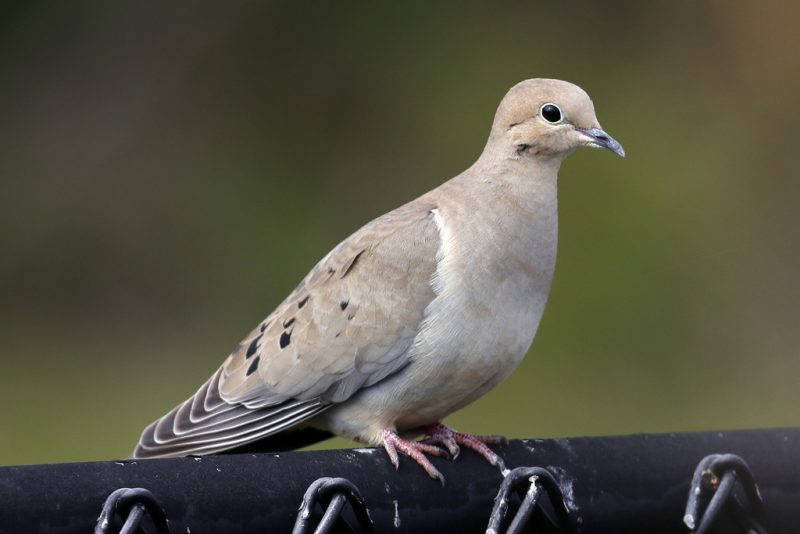
The Mourning Dove (Zenaida macroura) is a graceful, soft-colored bird commonly seen in Pennsylvania’s backyards, open fields, and urban areas. It is easily recognized by its pale gray-brown body, long pointed tail with white edges, and subtle black spots on the wings. The bird’s gentle expression and slender build give it a delicate appearance, often associated with peacefulness.
Measuring about 9.1 to 13.4 inches in length with a wingspan of 17.7 inches, Mourning Doves are medium-sized songbirds with swift, direct flight patterns. Their mournful, echoing cooing — sounding like “oo-ah, oo-oo-oo” — is a familiar sound during spring and summer, giving the species its name. When they take flight, their wings produce a distinctive whistling sound that can alert nearby birds to danger.
Mourning Doves feed mostly on seeds, which they gather from the ground. They are regular visitors to ground feeders or areas where seeds have spilled beneath hanging feeders. They prefer cracked corn, millet, and sunflower seeds. Their feeding behavior is calm and unhurried, often seen foraging in pairs or small groups.
In Pennsylvania, Mourning Doves are year-round residents and breed prolifically in open habitats, suburban yards, and along woodland edges. They often nest in trees, shrubs, or even on sheltered ledges. Their widespread presence, soothing voice, and gentle behavior make them a cherished part of the state’s backyard bird community.
Dark-eyed Junco

The Dark-eyed Junco (Junco hyemalis) is a small, slate-colored sparrow that is particularly abundant in Pennsylvania during the fall and winter months. These birds are easily identified by their dark gray or brown upperparts, white bellies, and striking white outer tail feathers that flash when they fly. Males are typically darker overall, while females and immatures may have more brown tones.
They measure about 5.5 to 6.3 inches in length with a wingspan of 7.1 to 9.8 inches. Juncos are ground feeders, often seen hopping around under feeders or scratching through leaf litter in search of food. Their trilling call and soft “ticking” sounds are frequently heard as they forage in flocks during the colder seasons.
Dark-eyed Juncos primarily eat seeds and are especially fond of millet, cracked corn, and sunflower chips. They are common visitors to platform or ground feeders and will also eat from tray feeders. In summer, their diet expands to include insects and small invertebrates, especially while raising young.
In Pennsylvania, Dark-eyed Juncos are winter residents across the entire state, migrating south from their northern breeding grounds. A few individuals may remain in mountainous or northern regions during the breeding season. They favor forest edges, weedy fields, and wooded backyards with ample cover and food sources during their seasonal visits.
Baltimore Oriole
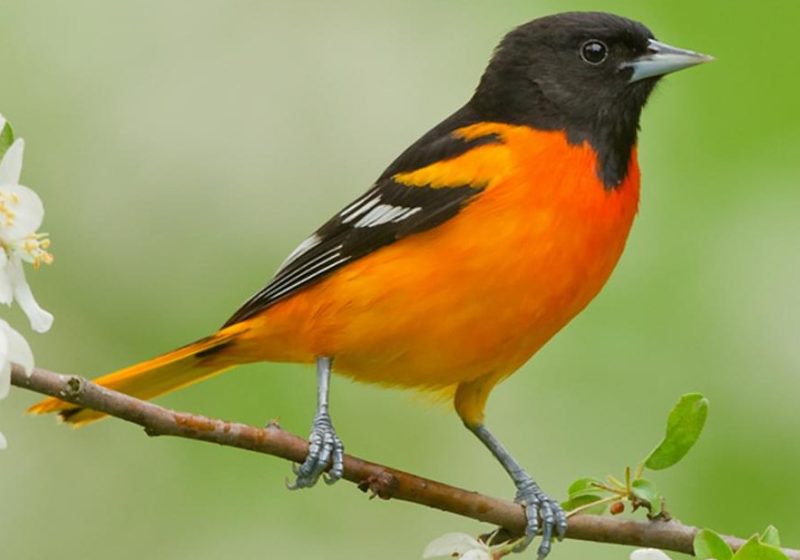
The Baltimore Oriole (Icterus galbula) is one of the most vibrant and beloved songbirds in Pennsylvania during spring and summer. Males are a stunning combination of bright orange and jet black with white wing bars, while females and juveniles are more yellow-orange with duller grayish wings. Their colorful plumage and sweet, flute-like songs make them highly sought-after backyard visitors.
Baltimore Orioles are medium-sized songbirds, measuring about 6.7 to 7.5 inches in length with a wingspan of 9.1 to 11.8 inches. These birds are more often heard before they are seen, as their whistled calls carry through treetops. They are also known for their woven hanging nests, often placed high in deciduous trees.
They feed on a mix of insects, fruit, and nectar. Orioles are especially attracted to orange halves, grape jelly, and nectar feeders, making it possible to lure them into backyards during their breeding season. They also play an important role in controlling caterpillar populations in the forest canopy.
In Pennsylvania, Baltimore Orioles arrive in late April or early May and remain through the summer to breed, before migrating to Central and South America for the winter. They prefer open woodlands, riverside forests, and shaded suburban yards with tall deciduous trees. Orioles are not only a colorful treat for backyard birders but also a vital part of Pennsylvania’s summer birdlife.
FAQ About Backyard Birds in Pennsylvania
What are the most common backyard birds in Pennsylvania?
Some of the most common backyard birds in Pennsylvania include the Northern Cardinal, American Goldfinch, Blue Jay, Black-capped Chickadee, and Downy Woodpecker. These birds are year-round residents and frequently visit feeders.
What should I feed backyard birds in Pennsylvania?
Backyard birds in Pennsylvania enjoy sunflower seeds, nyjer (thistle) seed, suet, peanuts, cracked corn, and millet. Orioles also love grape jelly and orange halves during the summer months.
When is the best time to see birds in Pennsylvania?
Birds can be seen year-round in Pennsylvania, but spring and fall are especially active due to migration. Summer is ideal for colorful songbirds, while winter brings species like Dark-eyed Juncos and more feeder activity.
Do I need a bird feeder to attract backyard birds?
While feeders are very helpful, birds are also attracted by native plants, water sources, shrubs for cover, and trees for nesting. A bird-friendly habitat can attract just as many species as feeders alone.
Are backyard birds beneficial to the environment?
Yes, backyard birds help control insect populations, pollinate plants, and spread seeds. Watching and supporting local birdlife also promotes biodiversity and a healthier backyard ecosystem.
Can I attract Baltimore Orioles to my yard in Pennsylvania?
Yes, you can attract Baltimore Orioles by offering orange halves, grape jelly, and oriole nectar in spring and summer. They also prefer tall shade trees for nesting.
Do backyard birds stay in Pennsylvania during winter?
Many backyard birds, such as the Northern Cardinal, Blue Jay, and White-breasted Nuthatch, stay year-round. Others, like Dark-eyed Juncos, migrate into the state for winter.
Is birdwatching popular in Pennsylvania?
Absolutely. Pennsylvania is home to diverse habitats that support over 400 bird species annually, making it a popular destination for backyard birdwatchers and birding enthusiasts alike.

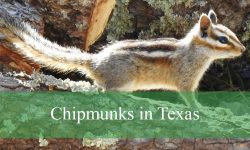
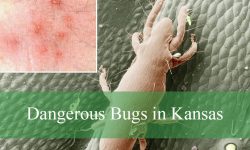
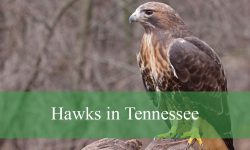
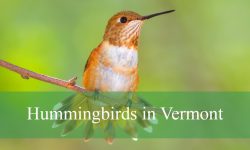

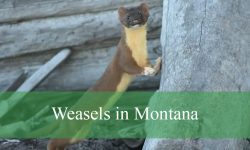
Love all of the wonderful information! I’ll buy more black sunflower seeds! 🌻 Thank you so much!
Enjoyed the atticle